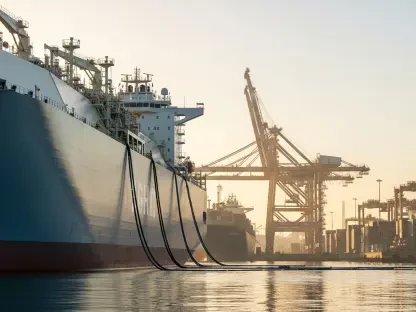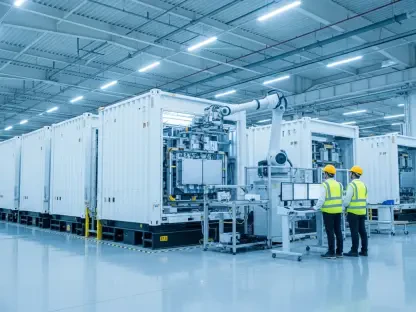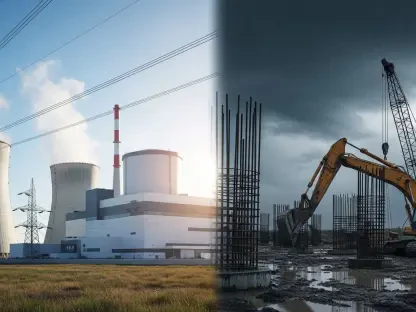Australia’s recent approval of a substantial $3 billion transmission project marks a pivotal step toward enhancing the country’s renewable energy infrastructure. This initiative aims to integrate more renewable energy sources into the nation’s primary electrical grid, reflecting Australia’s strategic commitment to sustainable energy solutions. The project is particularly notable for its connection to a large-scale hydropower project that has encountered considerable delays and budgetary issues. These challenges underscore the significant financial and logistical hurdles that often accompany expansive renewable energy initiatives. Nonetheless, the approval signals a proactive approach to addressing these complexities and advancing the country’s energy transition.
Strategic Emphasis on Renewable Energy Solutions
Australia is proactively expanding its renewable energy capacity, emphasizing strategic initiatives to reduce reliance on traditional fossil fuels. The $3 billion transmission project is integral to this ambition, facilitating the connection of renewable energy sources to the national grid. Large-scale projects, such as hydropower, are critical to this strategy, yet are vulnerable to operational challenges. Australia’s determination to overcome these issues denotes a broader global trend where countries are increasingly prioritizing sustainable energy to meet climate goals and ensure long-term energy security. The strategic focus on renewable energy is more than mere policy; it embodies a commitment to innovation and resilience amidst the transition to a greener energy landscape.
This substantial investment emphasizes the country’s intent to not only build infrastructure but also to foster technological advancements that can mitigate the inherent risks of such large projects. The complexities of integrating hydropower resources, for example, highlight the need for advanced grid management and supportive technological frameworks. The Australian government’s endorsement of this ambitious transmission project indicates a broader recognition of the need for adaptive solutions. It is not just about connecting power sources but ensuring these connections are efficient, reliable, and sustainable in the long term.
Financial and Logistical Challenges
The financial and logistical challenges associated with large renewable energy projects are significant, often leading to delays and cost overruns. Australia’s $3 billion transmission project is no exception, especially given its ties to the problematic hydropower initiative that has faced numerous setbacks. These issues illuminate broader obstacles that many nations encounter as they strive to upgrade their energy infrastructure. High upfront costs, planning complexities, and the need for extensive regulatory approvals are among the factors that can complicate project execution. The significant financial investment required for such endeavors is underscored by the potential for budgetary constraints, which can delay progress and inflate initial cost estimates.
Logistical challenges extend beyond budgetary concerns, encompassing the technical difficulties of integrating new energy sources into an existing grid. Upgrading transmission networks to handle increased loads from renewable energy sources involves advanced engineering and innovative solutions. The necessity for specialized equipment, skilled labor, and extensive coordination among various stakeholders further complicates the process. Nonetheless, overcoming these hurdles is essential for the successful integration of renewable energy, pointing to the importance of continuous innovation and adaptive management strategies. Australia’s commitment to addressing these logistical challenges reflects a broader dedication to overcoming barriers and advancing toward a more sustainable energy future.
Potential Positive Impact on Australia’s Energy Landscape
Australia’s recent approval of a significant $3 billion transmission initiative marks a pivotal advancement in the nation’s renewable energy framework. This major project aims to integrate a greater quantity of renewable energy sources into Australia’s main electrical grid, signaling a strategic move towards sustainable energy solutions. One key element of this initiative is its link to a large-scale hydropower project, which has faced substantial delays and budgetary overruns. These difficulties highlight the considerable financial and logistical challenges that often accompany large-scale renewable energy projects. Despite these setbacks, the project’s approval demonstrates a proactive effort to navigate and address these complexities. It underscores the government’s firm commitment to transitioning towards a more sustainable energy future. The investment exemplifies Australia’s dedication to reducing its carbon footprint and underscores the importance of advancing renewable energy infrastructures despite inherent obstacles.









